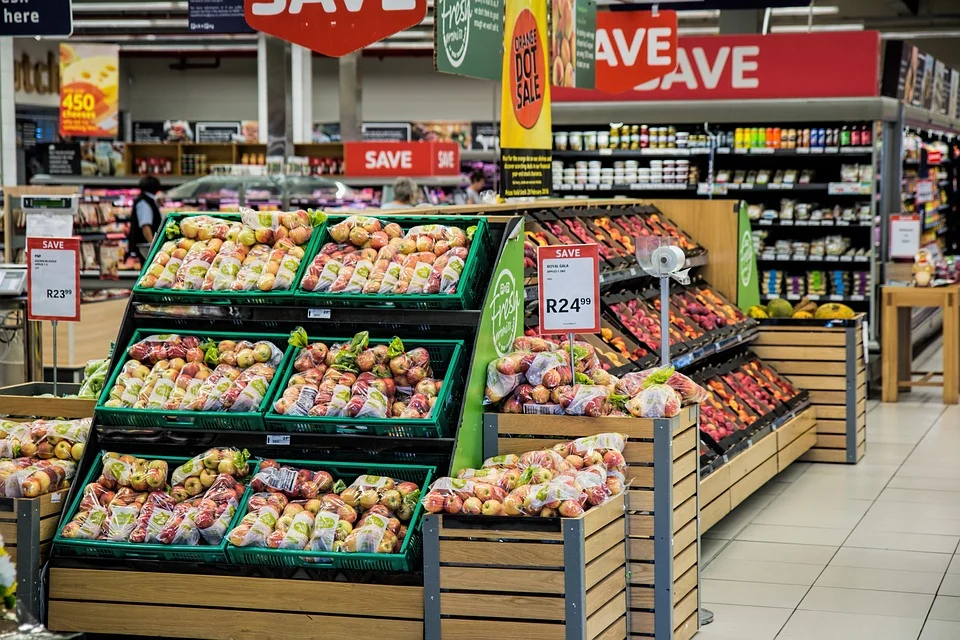Online grocery shopping in the U.S. is expected to double its market share by 2025. This sharp growth has been strongly fueled by the ongoing COVID-19 pandemic, with lockdown orders becoming the new norm every time the outbreak gets out of hand.
More and more grocery retailers have been turning to online business models to capitalize on this accelerated growth.
Here we take a look at the five critical mistakes retailers often make when moving to an online business model.
Poor user experience
Users want to control their experience, and poor loading speed can deter even the most loyal fans of your brand. Statistics from Google show that only 42% of online grocery shoppers find that online shopping saves them time compared to shopping in a store.
Poor management of out-of-stock products
Managing your product inventory and updating your online store accordingly is essential to maintain a positive customer relationship. For example, imagine after completing the entire process of adding products to the chart and filling in lengthy details, you come to know that the product is out of stock.
That’s more than enough to make you lose your credibility as an online grocery retailer, especially when people are stocking up their precious rations, not knowing when the lockdown orders will be over.
Hard-to-reach customer service
An online store that makes it hard to reach out to customer service can prompt potential customers to steer clear. Lack of transparency or communication can hurt your reputation, even if you have a well-established brand image offline. Buyers need to be sure of an online store’s credibility when they are about to give out sensitive information, such as banking or other personal information.
Also, they want to be sure that a representative will be accessible in case of complications with their order (product returns, delivery delays, product or shipping address errors, etc.). The higher the price or technical features of your product, the more likely your visitor is to contact you.


